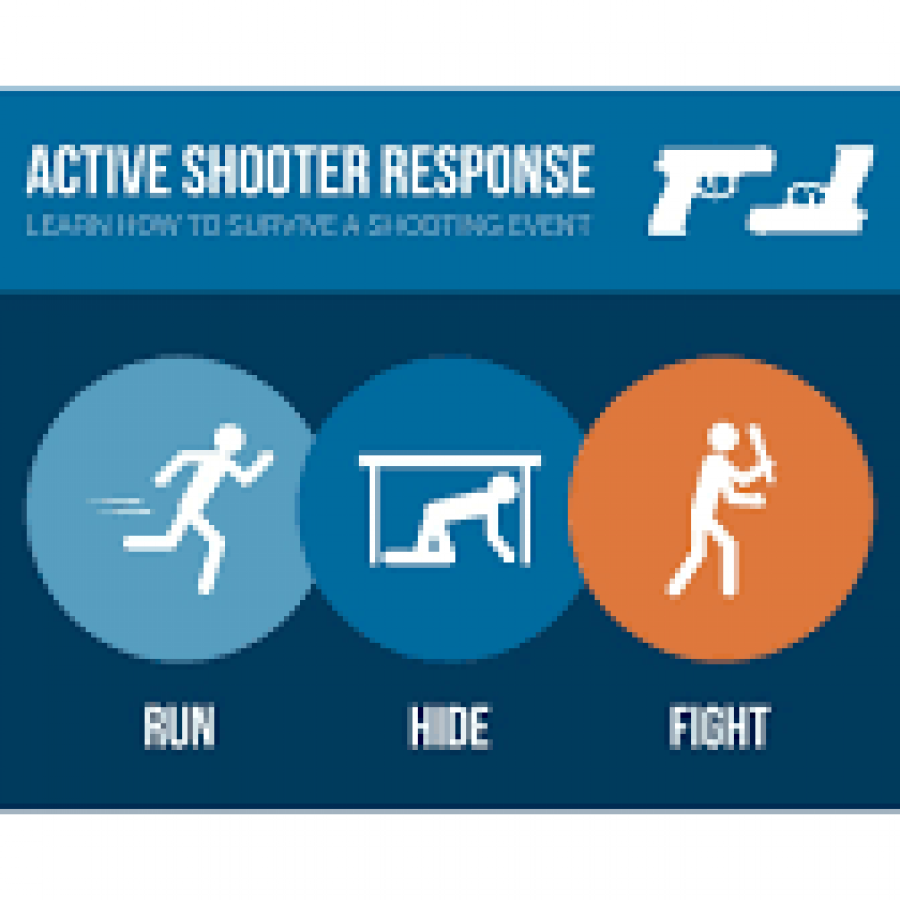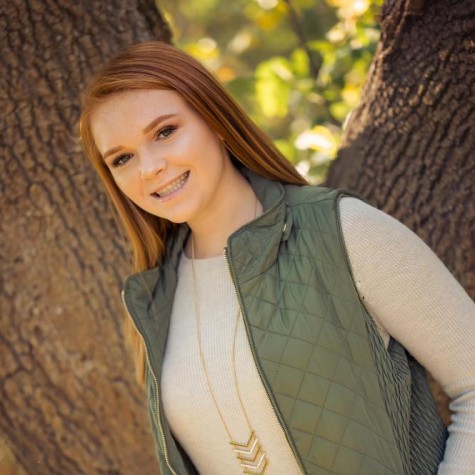
The recent school shooting in Maryland has sparked a controversial nationwide debate, but what is appreciated on both sides is the school’s quick response plan and call to action. The school resource officer responded inside of the school within 60 seconds and fired a shot at the alleged attacker. People are thankful for how this situation was handled, and this school’s action plan is widely seen as one of the best. The officer, Deputy First Class Blaine Gaskill, a six-year veteran with SWAT team training who had recently begun his first year working inside the school, responded extremely quickly. In addition, the students were prepared with active shooter drills, which allowed them to take appropriate action in this situation.
Potential measures to improve school safety include $125 million for capital improvements such as secure doors and windows, metal detectors and security cameras, along with $50 million annually to pay for school resource officers, counseling and technology.
Great Mills High School has been prepared for the possibility of a school shooting and was quick to evacuate all of the students to a nearby high school until it was safe for them to leave. The county sheriff Tim Cameron was also impressed because Deputy Gaskill “responded exactly as we trained our personnel to respond.”
In the United States currently, only thirty three states, including Maryland, require every school or school district to have a comprehensive safety or emergency plan. Unlike Great Mills High School, Parkland High School in Florida did not have as comprehensive of a plan in place. Student reported having some talks with teachers about what to do if a shooter came into the building, but they never actually practiced the drill. The school reported planning an active shooter drill within the next few weeks, but an armed gunman chose that week to open fire and take 17 lives.
These two different instances draw attention to the differences in practicing these response plans in high schools.








